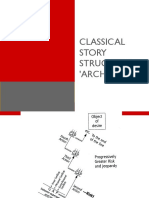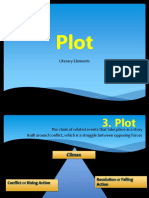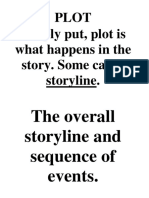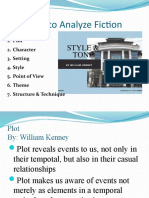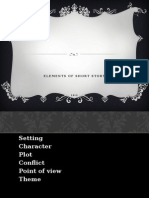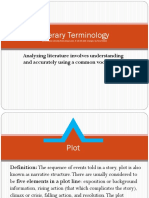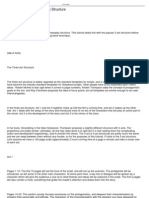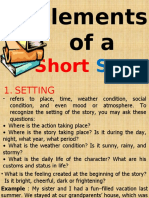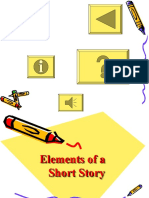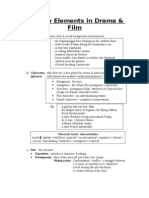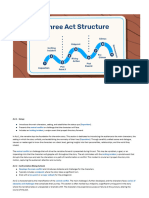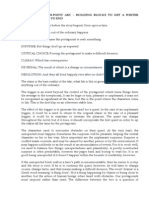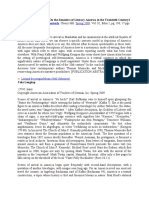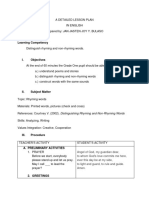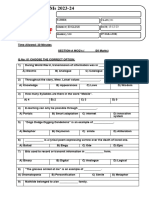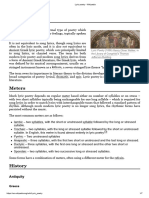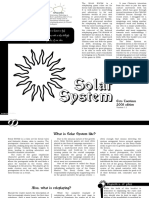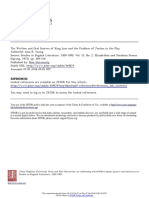0% found this document useful (0 votes)
60 views4 pagesEvent Plot
The document discusses the typical plot structure of a narrative including: exposition to introduce characters and setting, an inciting incident to trigger the central conflict, a rising action with increasing conflicts building tension, obstacles that hinder the protagonist, a climax as the peak of conflict, a falling action as tension subsides, and a resolution that concludes unresolved issues. It also describes different camera shots and angles used in film including extreme long shots, long shots, mid-shots, close-ups, extreme close-ups, high-angles, and low-angles and their purposes in establishing settings, introducing characters, showing expressions and body language, and emphasizing vulnerability or power.
Uploaded by
Nurulfidya Haryautama19Copyright
© © All Rights Reserved
We take content rights seriously. If you suspect this is your content, claim it here.
Available Formats
Download as DOCX, PDF, TXT or read online on Scribd
0% found this document useful (0 votes)
60 views4 pagesEvent Plot
The document discusses the typical plot structure of a narrative including: exposition to introduce characters and setting, an inciting incident to trigger the central conflict, a rising action with increasing conflicts building tension, obstacles that hinder the protagonist, a climax as the peak of conflict, a falling action as tension subsides, and a resolution that concludes unresolved issues. It also describes different camera shots and angles used in film including extreme long shots, long shots, mid-shots, close-ups, extreme close-ups, high-angles, and low-angles and their purposes in establishing settings, introducing characters, showing expressions and body language, and emphasizing vulnerability or power.
Uploaded by
Nurulfidya Haryautama19Copyright
© © All Rights Reserved
We take content rights seriously. If you suspect this is your content, claim it here.
Available Formats
Download as DOCX, PDF, TXT or read online on Scribd
/ 4


